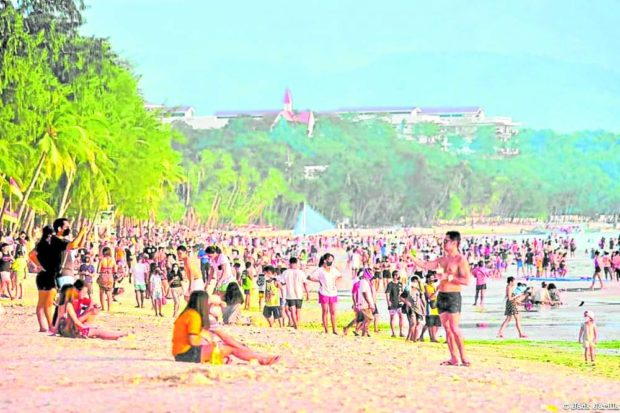Safe place perception and risk cultures

In some cases, the more people there are in a certain place, the higher the perception of safety becomes.
Traveling to North America from the Philippines was like crossing through a time warp as I suddenly saw myself in a place where everything was in a business-as-usual mode and virtually no one wore face masks.
“Safe space” is a relative concept that accounts for place-based risk cultures. As everyone looks forward to the end of the COVID-19 era, we see in different parts of the world expressions ranging from continued seclusion and social distancing to completely returning to pre-pandemic activities. While the peak of the pandemic highlighted the commonality of human vulnerabilities due to a shared global concern, the past few months have seen the differentiation of places as a factor of risk culture.
Safety and real estate profiles
It is important to understand how people label places as safe or unsafe because this translates to activity location decisions, investment directions, real estate prices and urban development form.
Risk factors are defined by natural hazards, human activities and environmental quality, among others. Risk aversion results in residential movements, out-migration and demographic changes.
Space-people dialectics
How people perceive places determines the level of patronage of that place.
In some cases, the more people there are in a certain place, the higher the perception of safety becomes. People tend to be convinced of the safety attributes of a place as they see people gravitate towards it. In other contexts, the convergence of people and increasing density would result in higher perception of risk.
Risk Culture
Risk culture is the sum effect of a group of people’s definition and categorization of risk. A community can refer to places as low- or high-risk areas. Risk culture is also defined by the behavior towards risk effects and the level of tolerance to risk impacts. How this culture develops and manifests may be explained by associations, social norms, shared language, personal attributes and institutional systems.

In other contexts, the convergence of people and increasing density would result in higher perception of risk. —INQUIRER FILE PHOTO
Associated concepts and safety cognition
People relate safety with cover, refuge and protection. These are concepts that materialize in the form of infrastructure, emergency provisions and community amenities. Places are referred to as safe if there are hospitals, police stations, seawalls and efficient drainage systems. Why COVID-19 is seen as less of a threat in other places is explained by the guaranteed response to health emergency cases.
Social standards and safety co-definition
Where I stayed as a tourist, the pressure to conform is seen in airports, where most people wear masks, and in shopping malls and tourism landmarks where most people behave as if COVID-19 is unknown. Safety standards, therefore, change as a variable of dominant behavior shaped by peer pressure. The fear of getting infected is outweighed by the fear of being a sore thumb sticking out of the crowd.
Communication and shared language
Risk-related information provided by statistics, signages, safety symbols, alerts and instructions on what to do in emergency cases all provide reassurance as people navigate places. The sense of awareness and orientation that the designed environments evoke contributes to positive perceptions of spaces.

Why COVID-19 is seen as less of a threat in other places is explained by the guaranteed response to health emergency cases. —INQUIRER FILE PHOTO
Feelings and people-place dynamics
We have often heard of the impending rise of “revenge tourism” due to the mobility restrictions imposed in the last two years. The number of people partying in outdoor and enclosed spaces while the health threat still looms compounds the feeling of euphoria over the perception of normalcy. This highlights the placemaking value of the presence of people and collective activities.
Experience with places
Repeated engagement in activities in the same place without experiencing adverse outcomes contributes to mind conditioning towards safety perception. This brings to fore the value of trust-building as establishment owners endeavor to maintain space performance standards. This is made possible by building maintenance and administration protocols that are in keeping with national safety standards.

People tend to be convinced of the safety attributes of a place as they see people grav- itate towards it.—Inquirer file photo
Local governance
The overarching directives of the city government cascaded to homes, businesses and institutions account for an integrated risk management setting. The perception of safety does not change from building to building in a coherently managed setting. Inter-establishment mobility supports urban ecologies that keep local economies alive.
In summary
What all these redound to is that places may be designed and managed towards increasing safety perception. At present, there is a risk factor that is still common to all cities and places in the world. However, places performing differently, as manifested by varying social behaviors, tell us that spaces may be managed to achieve targeted social outcomes.
The author is a Professor at the University of the Philippines College of Architecture, an architect and urban planner
